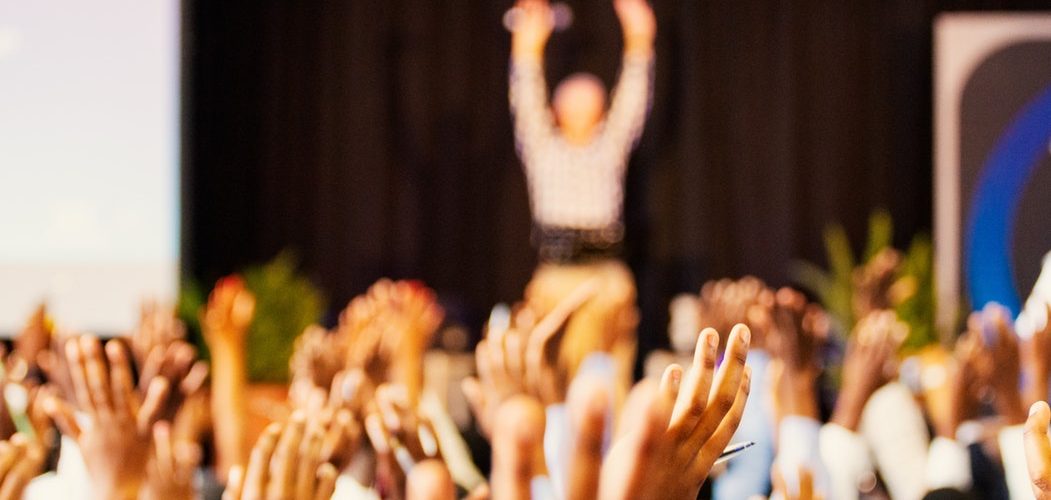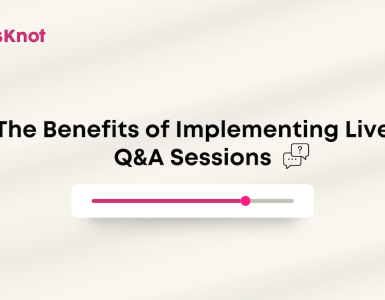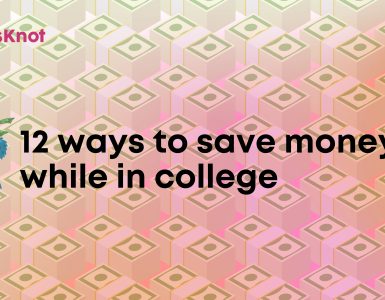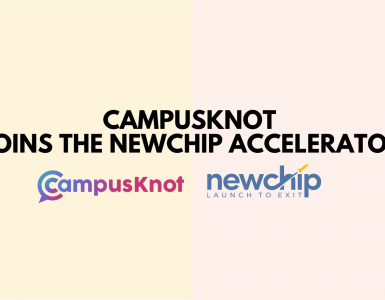Flipped classrooms
According to a survey conducted for over 2,300 professors, more than 90% recognized the term “flipped learning.” Flip classrooms are designed to deliver material outside of class and conduct activities to reinforce those concepts. This method encourages students to familiarize themselves with concepts before and engage in deeper learning during class using assessment and feedback. As always, the first step is figuring out whether flipped classrooms work for you.
Project-based learning (PBL)
Decidedly difficult to summarize and often confusing to explain, project-based learning employs the application of semester or year-long projects concurrently with classroom instruction. Although promising in its results, PBL requires a considerable amount of investment in designing the classroom experience with often limited resources while constrained by the number of students and the nature of the material being discussed. However, studies are ongoing to determine the best way to implement this method to help students understand better and apply what they learn–definitely making this a trend to keep an eye on.
Social learning
Gone are the days when students remained strangers in lecture halls, only forced to interact when they were absolutely required. At least that’s what every iteration of social learning forecasts over the years (it’s been around for 50). However, with the current generation all too familiar with the technology, educators are using it as a means to foster communication and collaboration in class. This allows them to engage students in a peer instruction process that allows them to do significantly better at solving problems by leveraging teamwork.
Adaptive/personalized learning
Adapting to the needs of a class is worlds apart from adapting to each student’s needs. While it is possible to customize learning to every student in bigger classes, it falls on technology to assist professors in meeting this challenging objective. Although adaptive learning is gaining traction, there’s a long way to go before studies can back up the method itself and the technology becomes both cheap and effective.
Social media in classrooms
Social media in classrooms is bound to raise some eyebrows and cause a little concern. After all, isn’t social media a major distraction in classrooms? Depending on who you ask, the answer can be a yes or a no. Modern educators–with help from technology–are attempting to take back attention by converting the sources of distraction into a supplement for the learning process. This is achieved by leveraging familiarity with social media and applying it to an educational setting to enhance collaboration. Social media-enhanced learning can also help students acclimate to class better and overcome their shyness in collaboration and asking questions.
Modern educators are faced with the challenge of meeting the needs of a unique generation–one that was born into an education revolution heavily influenced by technology. Future classrooms are being constructed with these new needs in mind, and it’s up to educators to decide what new trend in education best fits their teaching style. In a world of–sometimes–endless choices, educators need to decide what choice is worth their while.





446 comments